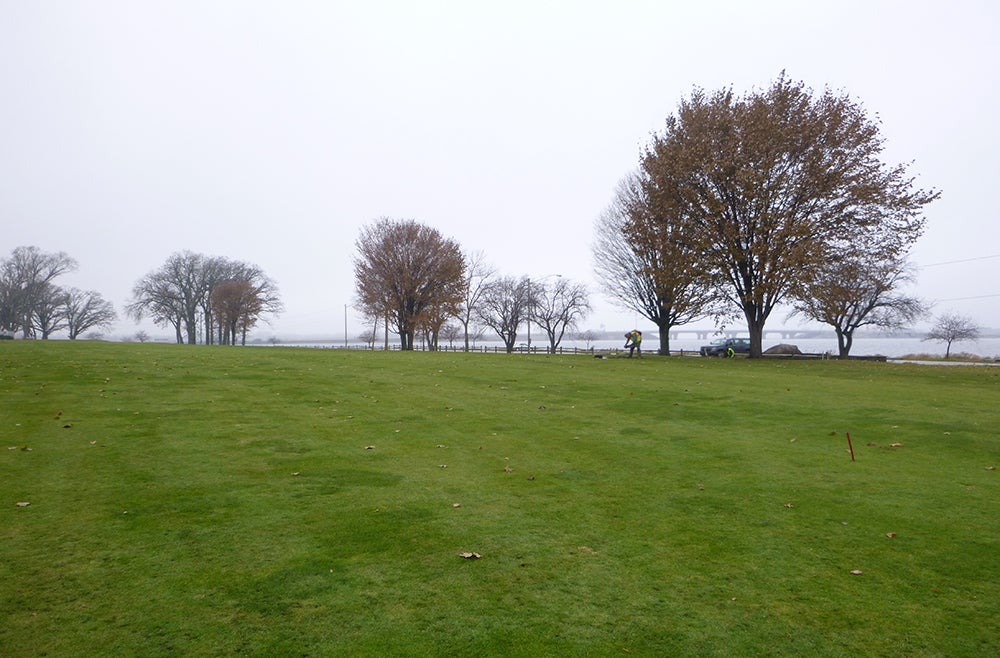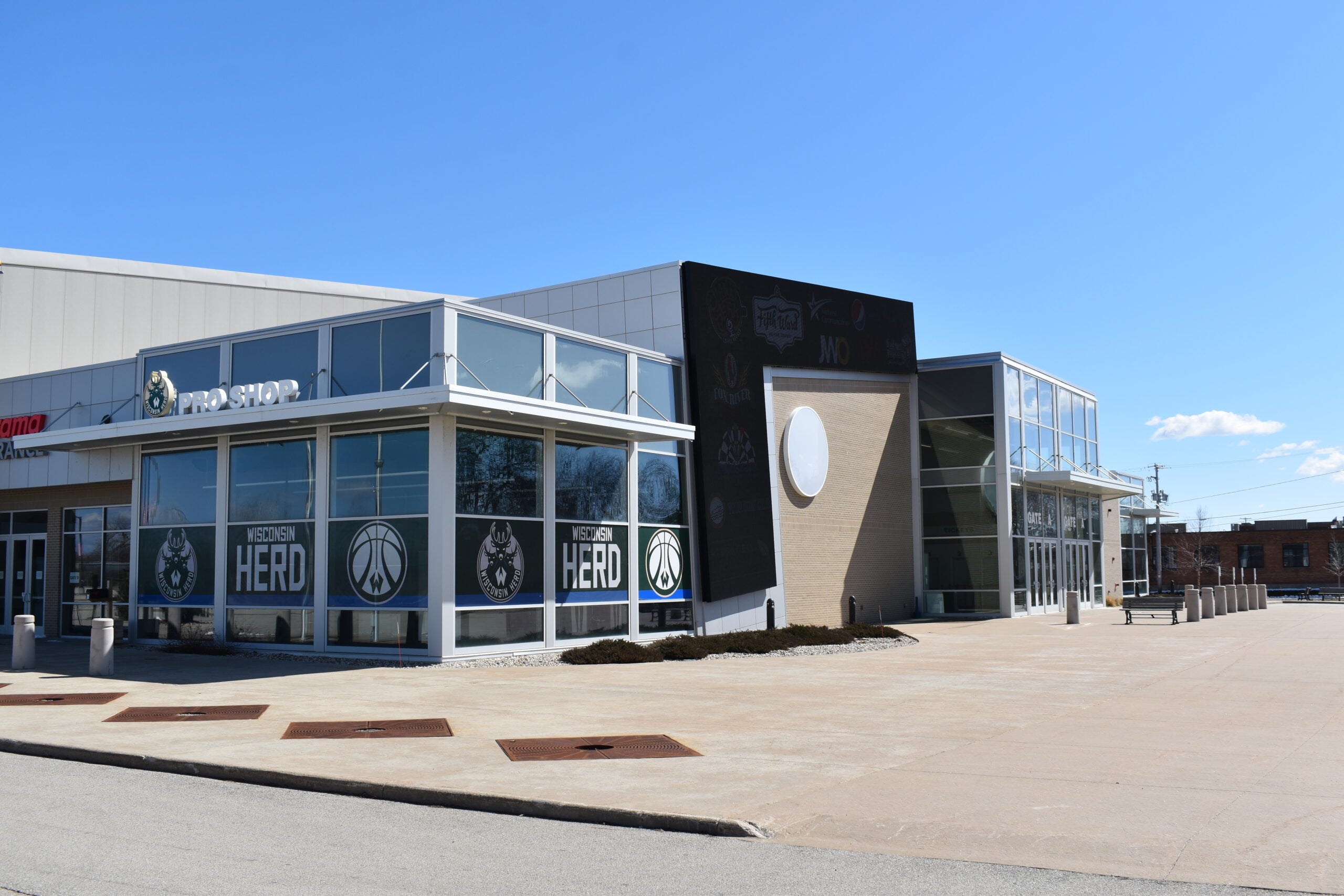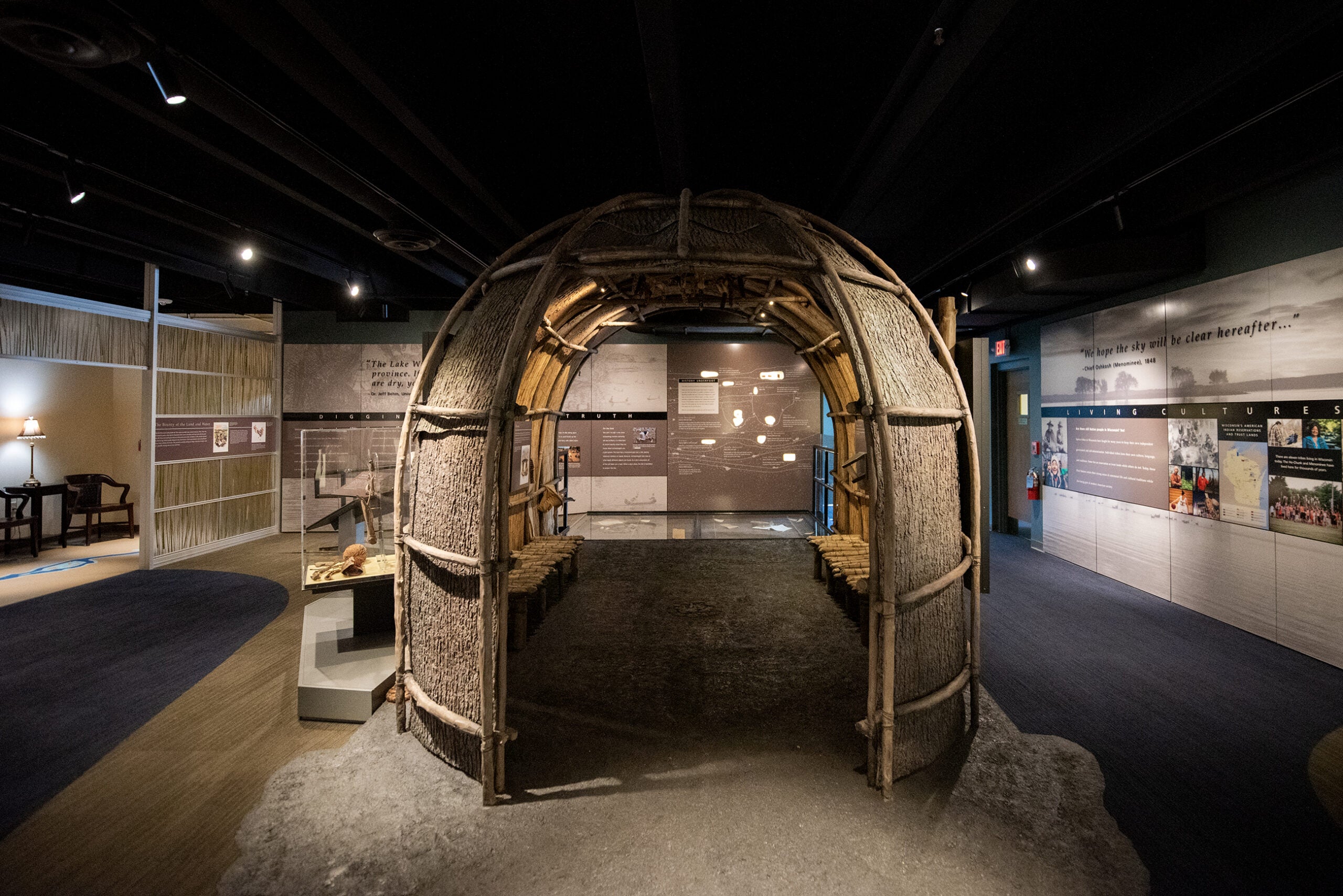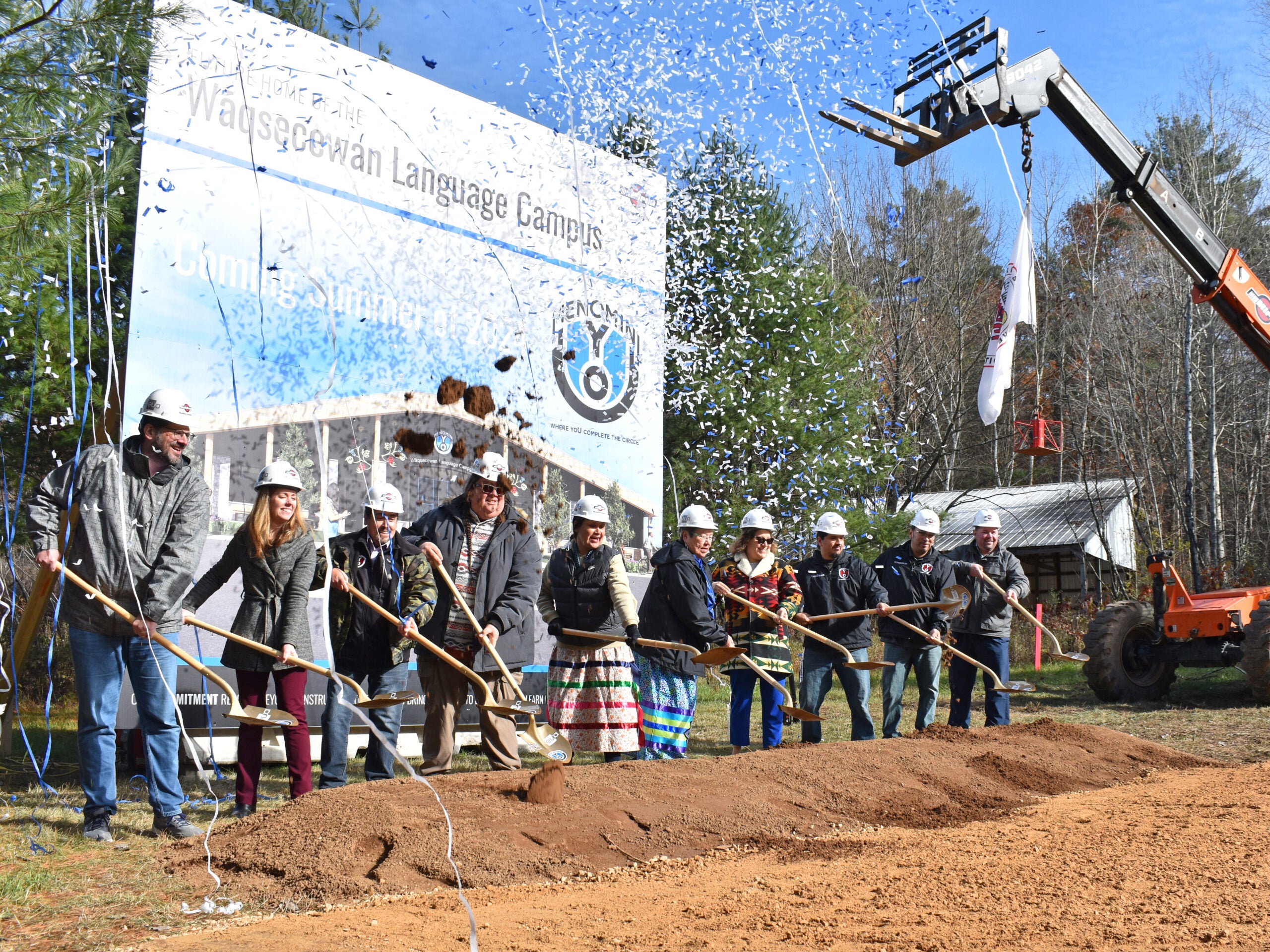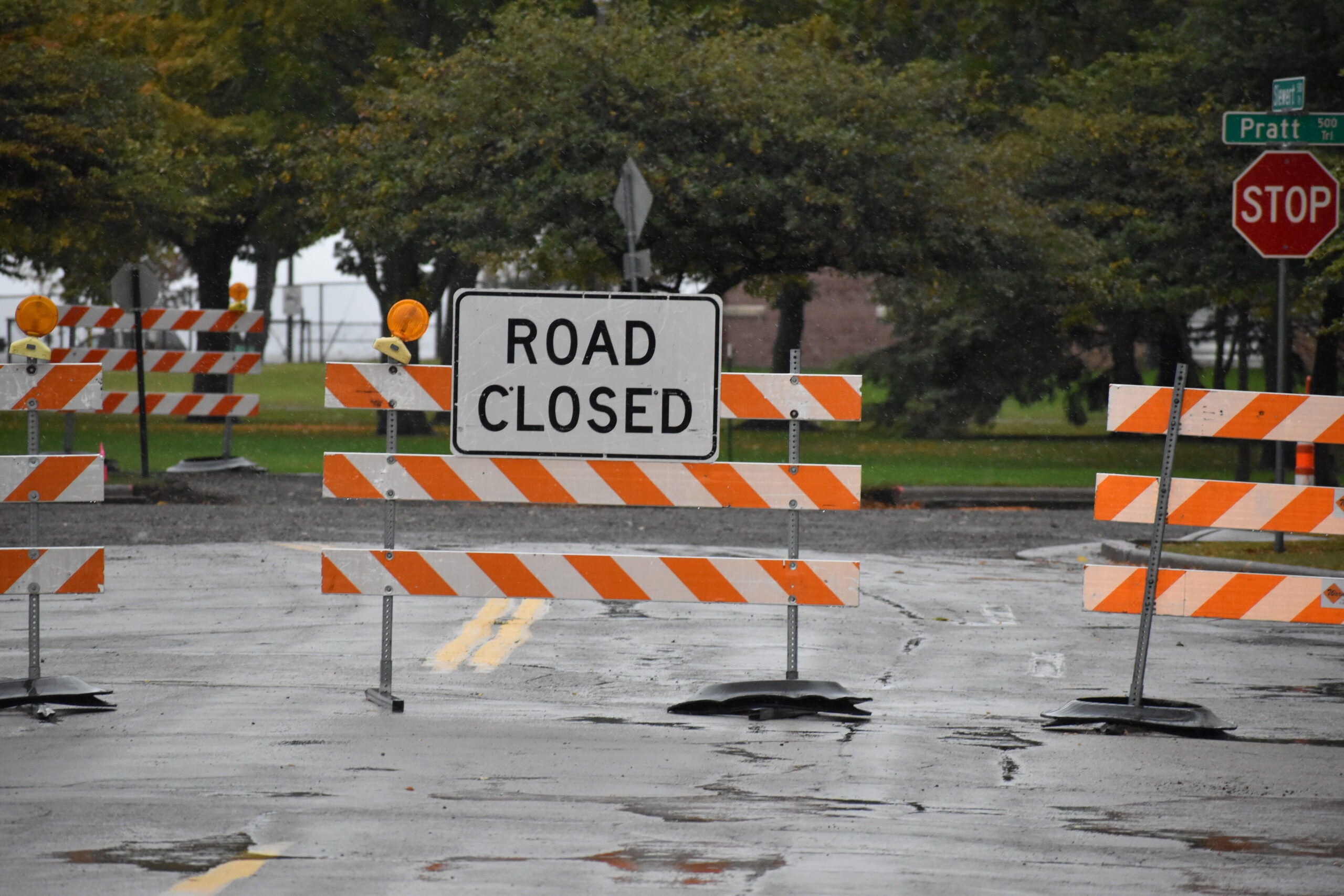Archaeologists have discovered what they think was a Native American campsite on the shores of Lake Butte des Morts.
The discovery occurred during an archeological survey of a 13-acre parcel that will soon become home to a new corporate headquarters for tactical vehicle manufacturer Oshkosh Defense, LLC.
Prior to the start of the project, the City of Oshkosh contracted the University of Wisconsin-Milwaukee to lead an excavation of what used to be a city-owned golf course.
Stay informed on the latest news
Sign up for WPR’s email newsletter.
Jennifer Haas, an archaeologist and principal investigator for UW-Milwaukee’s Cultural Resource Management program, said her crew has been doing test digs at the site and has discovered shards of pottery and stone tools.

Archaeological survey site on what used to be the Lake Shore Municipal Golf Course. Photo courtesy of Jennifer Haas, UW-Milwaukee Cultural Resource Management
“We believe it’s A.D. 900 to 1250,” Hass said, adding that the predecessors to the current Menominee and Ho-Chunk tribes were known to camp in the area but “there is no direct way to connect the people that were living in that village with what we know now as the tribes.”
No human remains have been found, Haas said.
“It looks like from the types of material we’re finding that this is a campsite or village,” she said. “So we have a place where people lived and worked, not a place where people were buried.”
Haas said the artifacts will be given to the Oshkosh Public Museum.
News of the discovery came as a surprise to David Grignon, director of historic preservation for the Menominee Indian Tribe of Wisconsin. He said he heard about it on the news.
“In those situations they should let tribes know instead of hearing it on TV,” Grignon said. “That was a surprise.”
Grignon believes the artifacts may be from his Menominee ancestors who roamed parts of eastern and northern Wisconsin. He’s planning on reaching out to Haas to arrange a time to examine the artifacts firsthand.
“I look at it as something that our ancestors did make, whether it’s pot shards or whatever. It should be treated with the accordance of respect,” said Grignon.
Wisconsin Public Radio, © Copyright 2024, Board of Regents of the University of Wisconsin System and Wisconsin Educational Communications Board.

